Refraction Of Light Through A Prism
Key Notes:
Introduction to Refraction:
- Refraction is the bending of light as it passes from one medium to another.
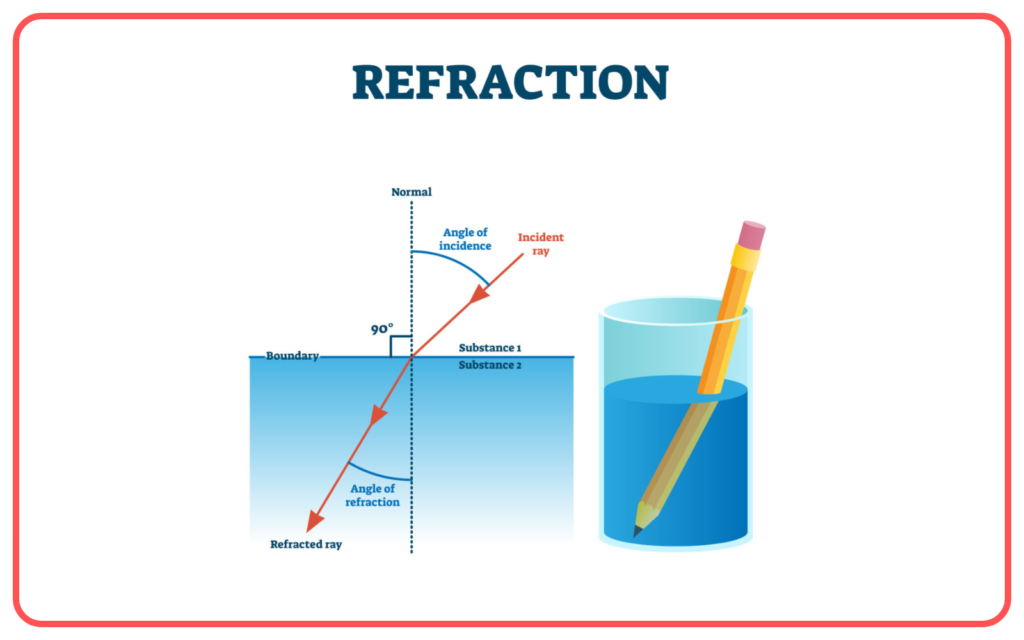
- It occurs due to the change in the speed of light when it moves from one medium to another.
Prisms and Refraction:
- A prism is a transparent optical element with flat, polished surfaces that can refract light.
- When light enters a prism, it slows down and bends (refracts) towards the normal line.

Dispersion of Light:
- Prisms also cause dispersion, which is the separation of white light into its constituent colors.
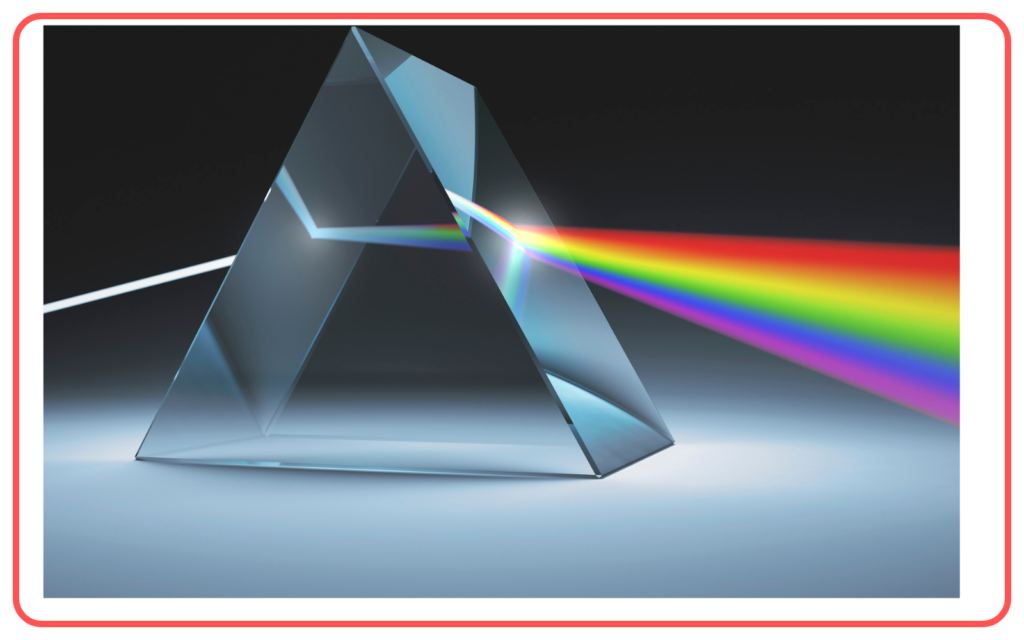
- This happens because different colors of light have different wavelengths and are bent by different amounts when passing through the prism.
Prism Terminology:
- Base: The wider, flat surface of the prism.
- Apex: The pointed end of the prism.
- Angle of Deviation: The angle by which the light is bent inside the prism.
- Angle of Incidence: The angle at which light enters the prism.
- Angle of Emergence: The angle at which light exits the prism.
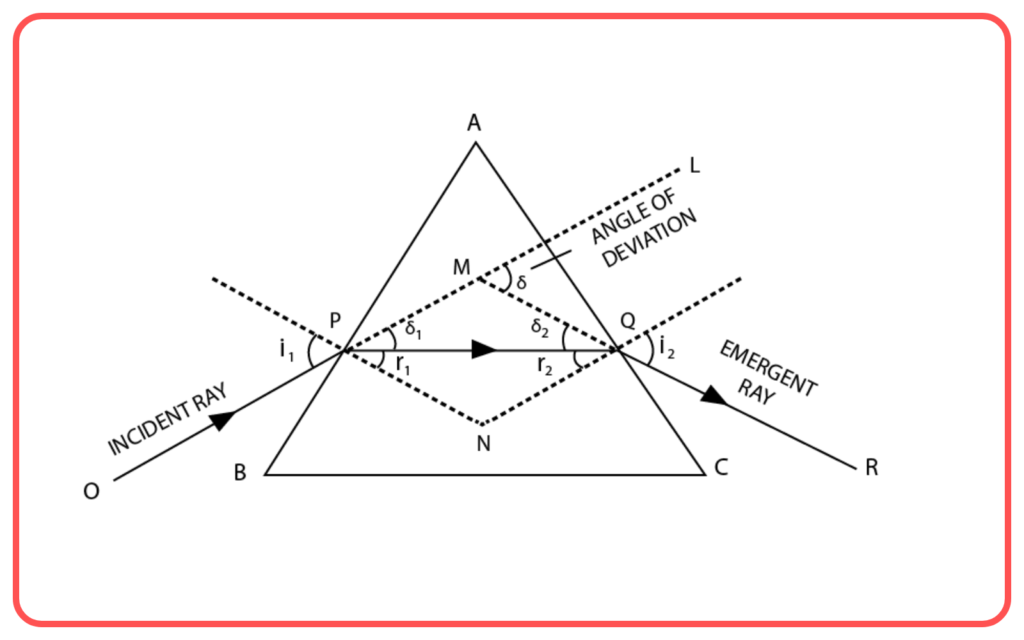
Rainbow Formation:
- Rainbows are natural examples of light dispersion and refraction.

- Raindrops act like tiny prisms, dispersing sunlight into its spectrum of colors.
Practical Applications:
- Prisms are used in various optical instruments, such as binoculars, spectrometers, and camera lenses.

- They are also used in physics experiments to study the properties of light.
Total Internal Reflection:
- Total internal reflection occurs when light cannot exit a medium and is reflected back inside.
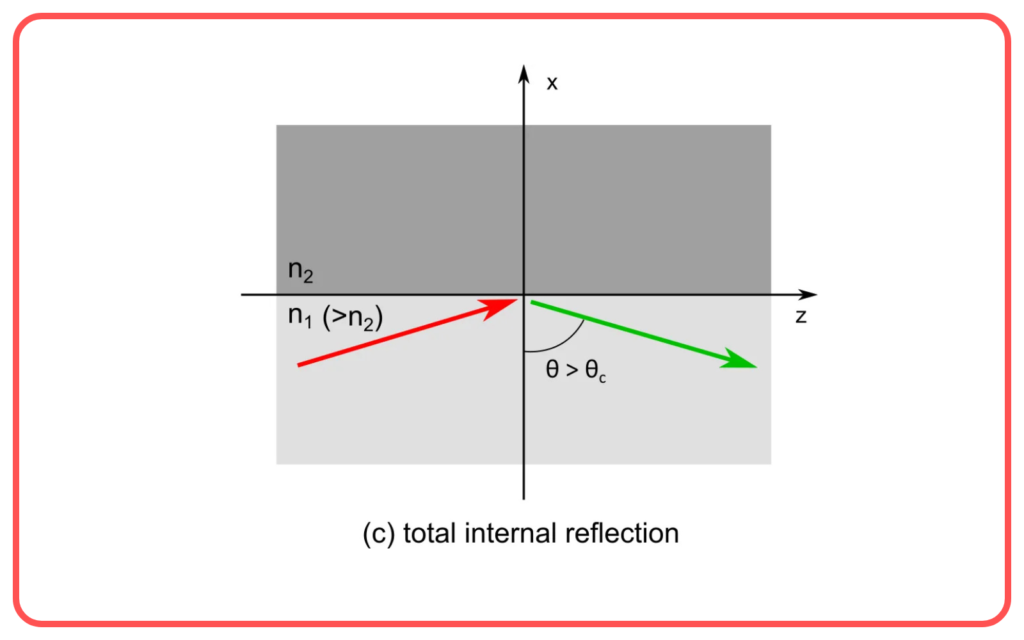
- This phenomenon is used in optical fibers for communication.
Critical Angle:
- The critical angle is the angle of incidence beyond which total internal reflection occurs.
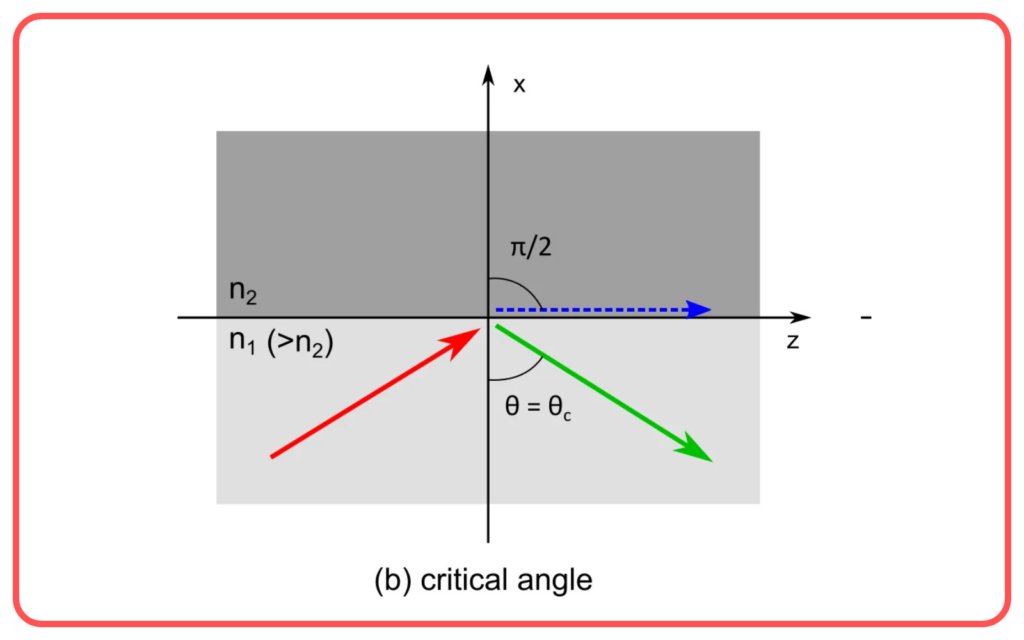
- It depends on the refractive indices of the two media.
Colors of the Spectrum:
- The visible spectrum consists of seven primary colors: red, orange, yellow, green, blue, indigo, and violet (ROYGBIV).
- These colors are seen when white light is dispersed through a prism.
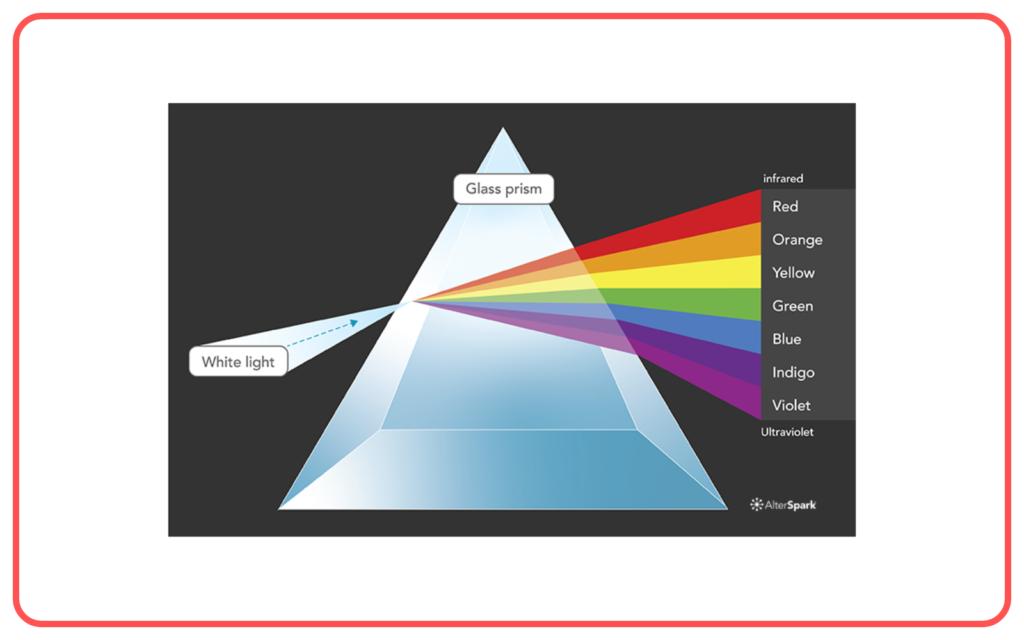
Let’s practice!

